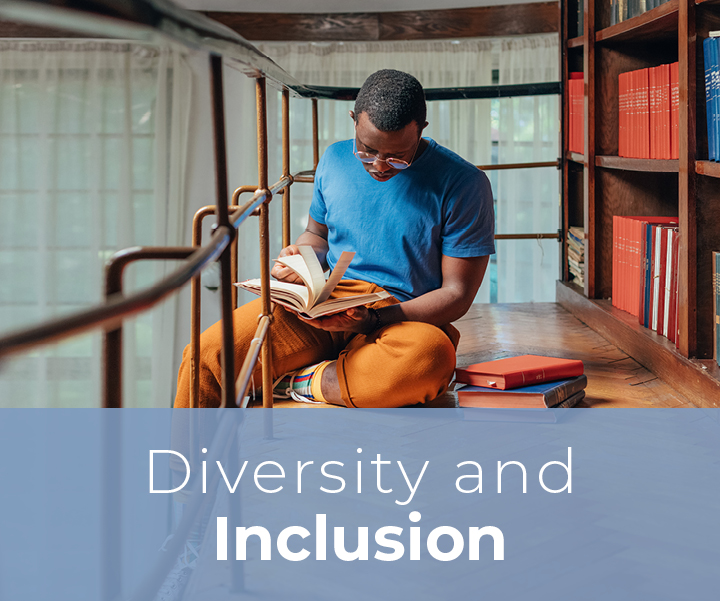Making Law Students Client-Ready: A New Model in Legal Education
Document Type
Law Review Article
Publication Date
9-2009
Keywords
professional identity formation
Abstract
"In the 1870’s, Christopher Columbus Langdell, then Dean of Harvard Law School, introduced the teaching method of studying cases combined with Socratic questioning. It is still the primary method of teaching law in the United States. Although worthy as part of an integrative program of instruction, the Langdellian method, as the primary form of instruction, fails to make law students client-ready. While it may meet 'the needs of future law clerks and eventual judges, as well as aspiring legal scientists,' it leaves 'newly admitted lawyers . . . ill-prepared to represent common people who have common legal problems.' This has negative ramifications not only for lawyers, but for 'everybody who may be affected by the work of lawyers.'
Fortunately, numerous comprehensive, authoritative reports call for integrating the Langdellian method with training in professional skills and values. Efforts at reform are being made in various law schools around the country. But change has been slow, and delay means serious negative consequences for law students and the clients they will eventually serve. The Langdellian method not only undertrains students generally, it disproportionately alienates groups traditionally underrepresented in law schools, including women and minorities. Law schools have a duty to their students and to society to provide a legal education that adequately trains law students to represent clients. They have a duty to make legal education a means to greater equality, and not an inhibition. This paper attempts to provide a possible starting point for schools that have not yet begun the move toward integrative education, and an opportunity for further discussion among those schools already in transition." (pp. 102-103)




